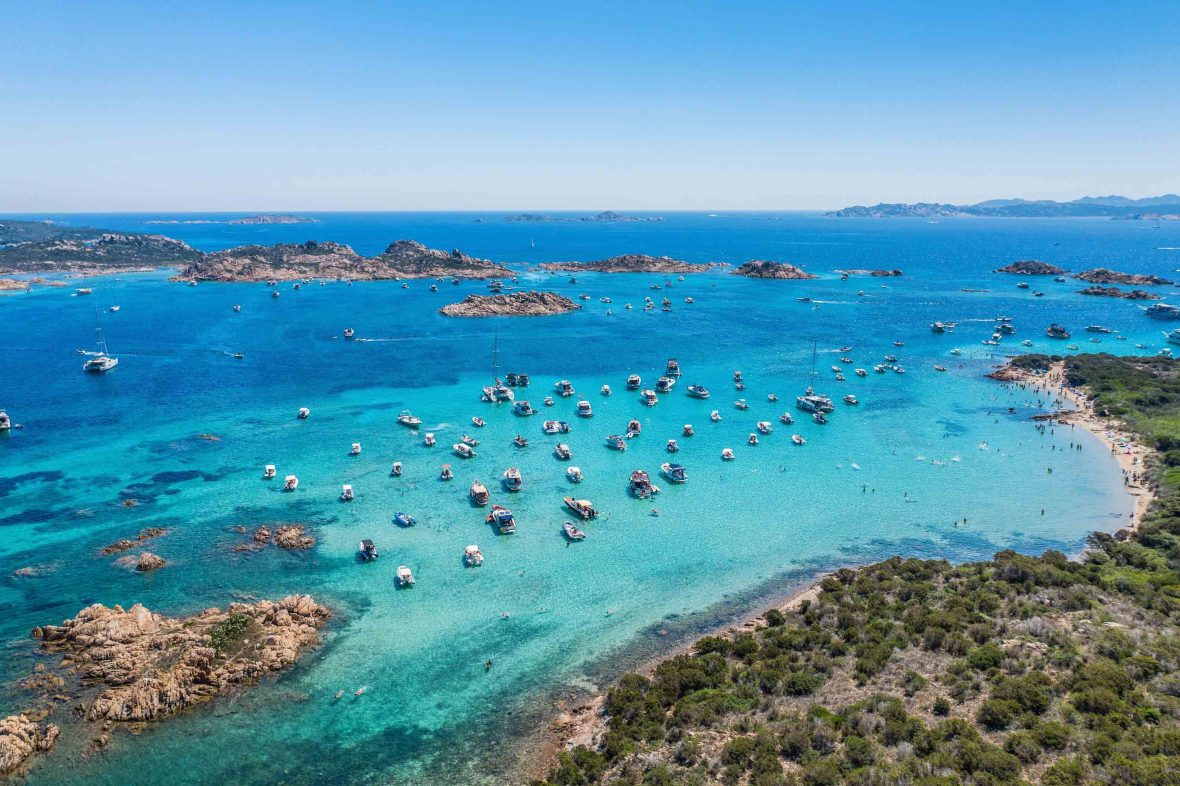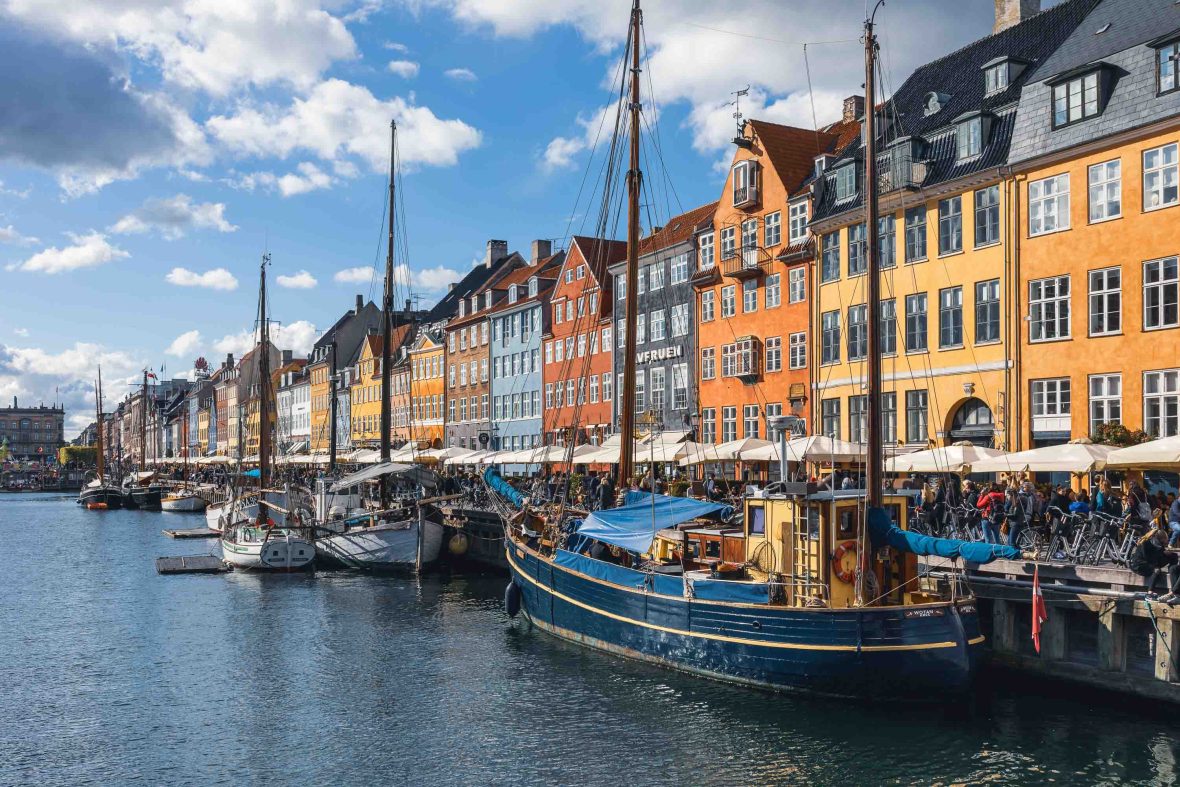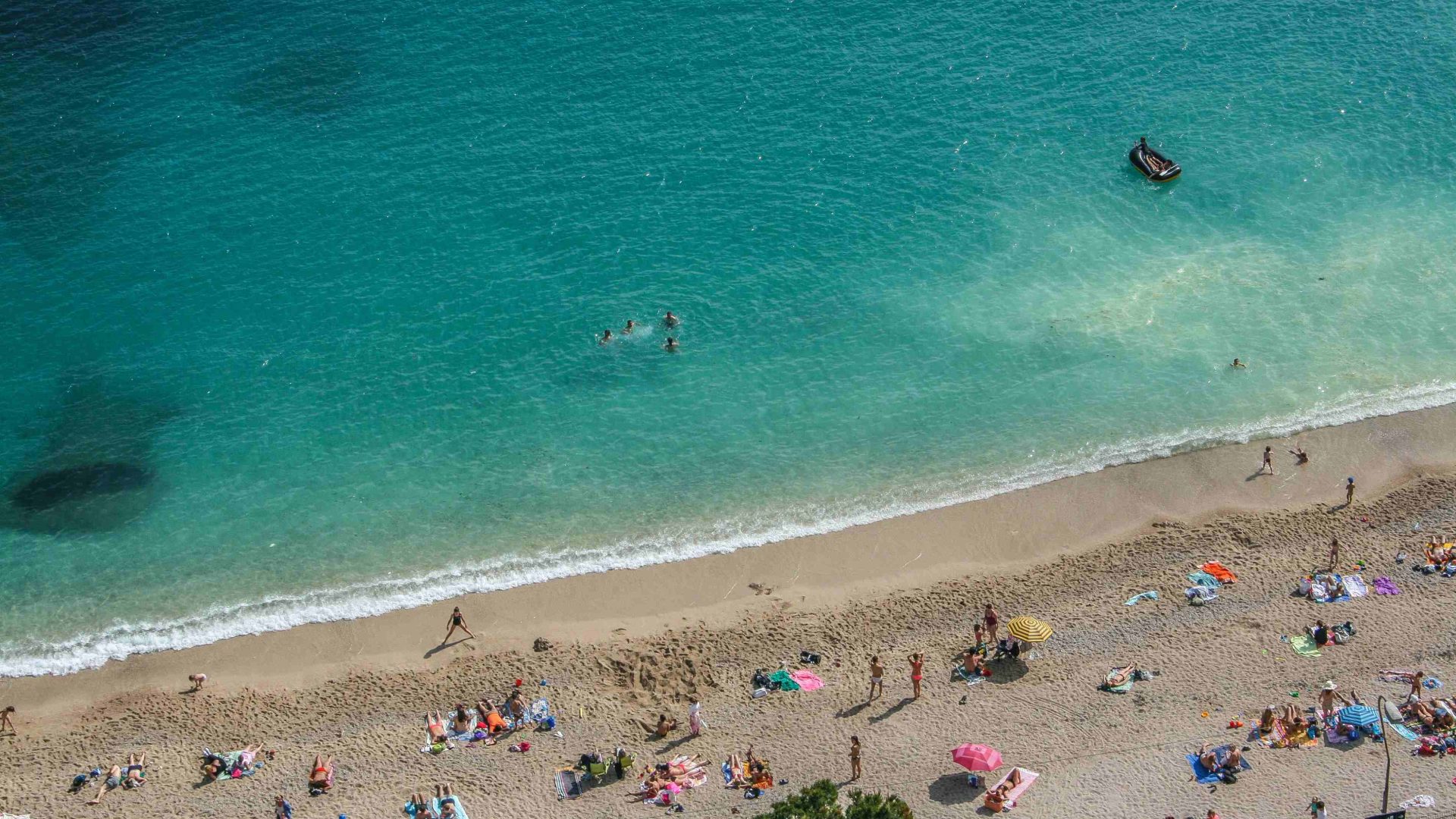The return to travel has been a double-edged sword. With tourism responsible for up to 10 percent of greenhouse gas emissions, dramatically changing temperatures resulting in everything from wildfires to melting sea ice, and an overtourism issue in some destinations, what does the future look like?
Holidays are making a comeback after several years of disruption caused by the COVID-19 pandemic. Nearly 4 billion passengers boarded international flights in 2022, up from fewer than 2 billion in 2020. Recent research suggests that people are likely to continue traveling more in 2023 and beyond.
But this resurgence in travel is concerning. The tourism sector alone is responsible for an estimated eight–10 percent of global greenhouse gas emissions. And conditions at traditional holiday destinations in high summer are becoming increasingly unpleasant if not downright hazardous. During the past year, numerous climate records have been broken as heatwaves and wildfires ravaged large parts of Europe, Asia and North America. In July, both Sardinia and Sicily experienced temperatures in excess of 46°C, nearly breaking European records.
Most of what we do while on holiday, particularly on holidays abroad, releases greenhouse gases into the atmosphere and ultimately has an impact on the climate. But the way most of us get there—by flying—is potentially most damaging. UK data suggests that a single passenger on a short-haul flight, for instance, is responsible for releasing the equivalent of approximately 154g of CO₂ for every kilometer traveled.
As the effects of climate change become increasingly severe, there’s genuine concern that traditional destinations will become too hot in summer to remain appealing to visitors. This raises the question: How will tourism adapt?















